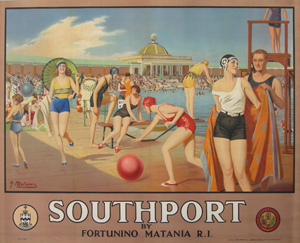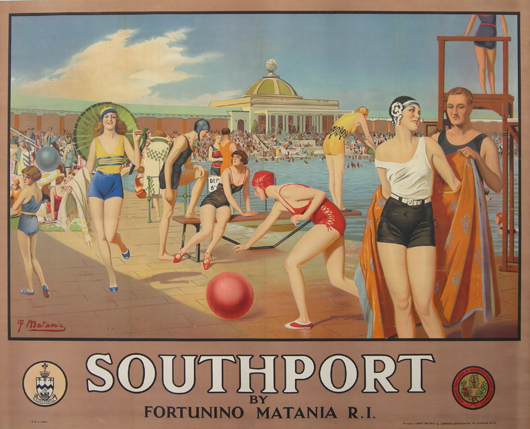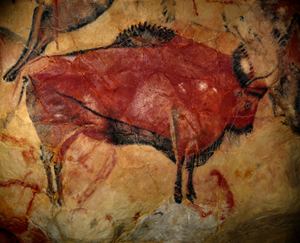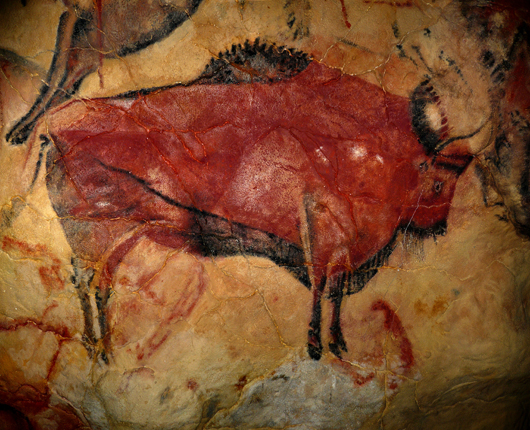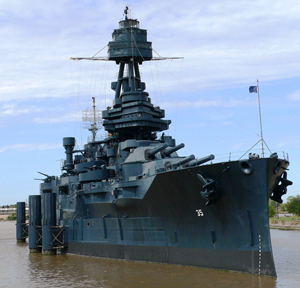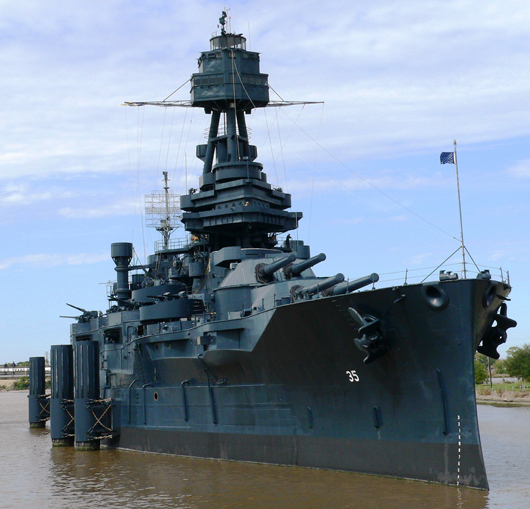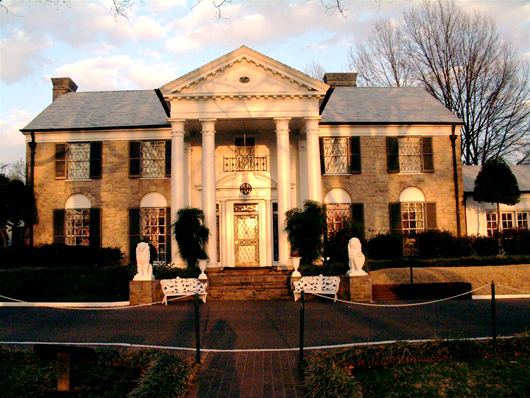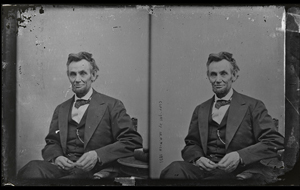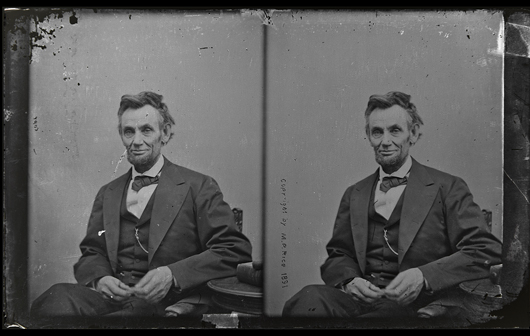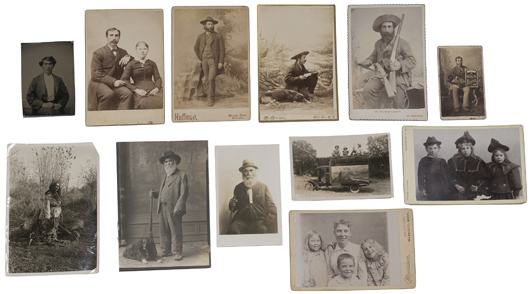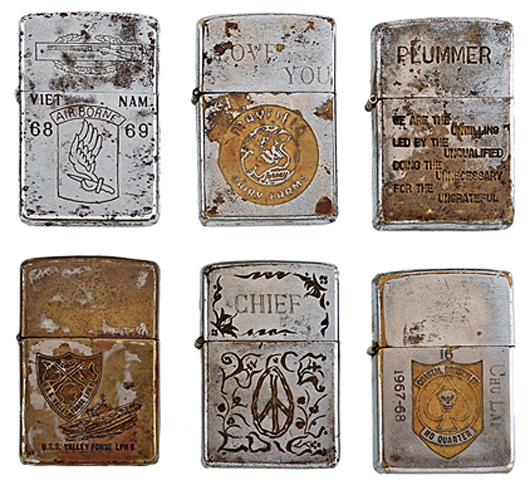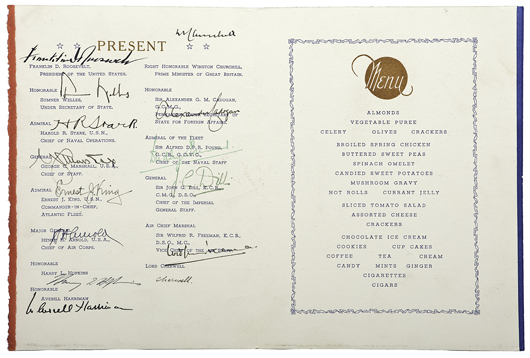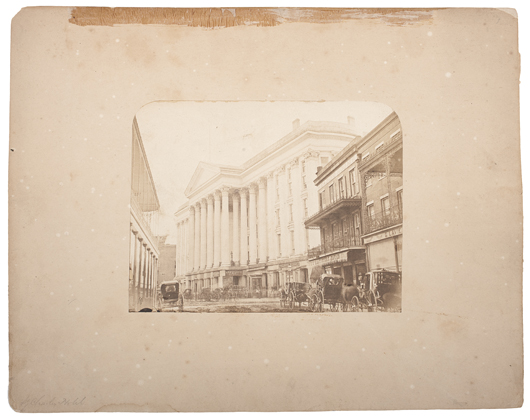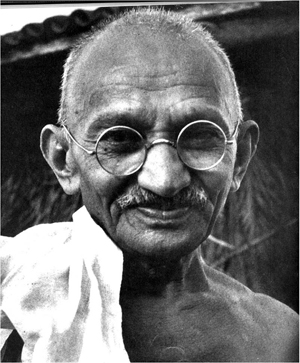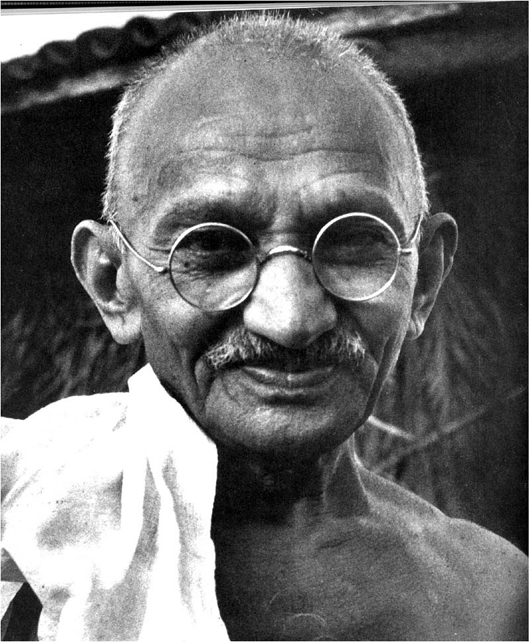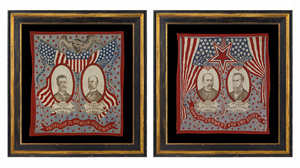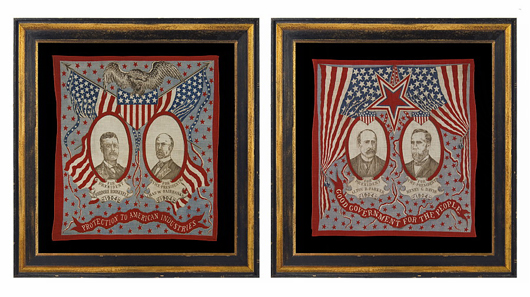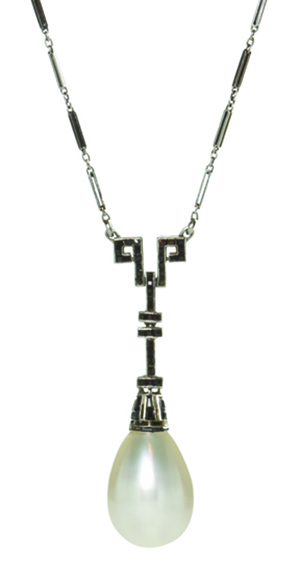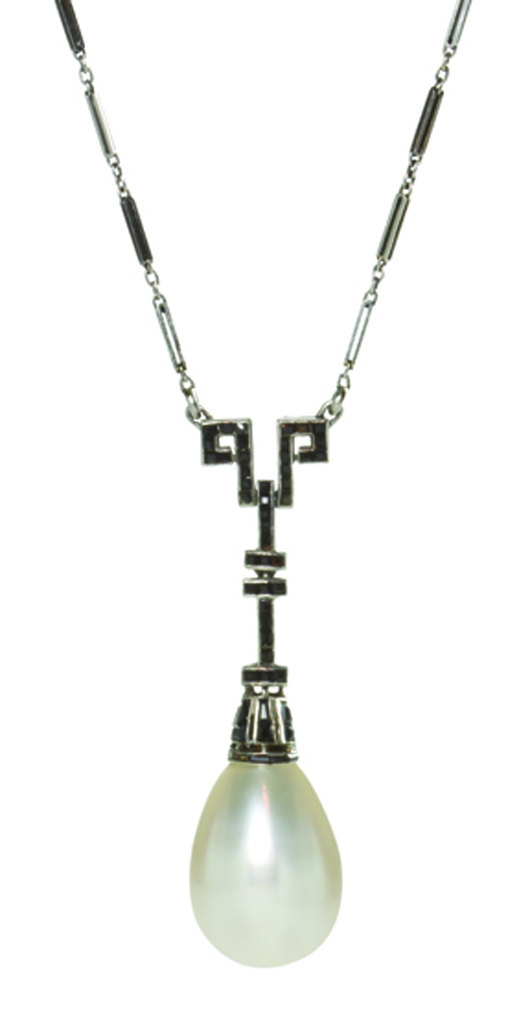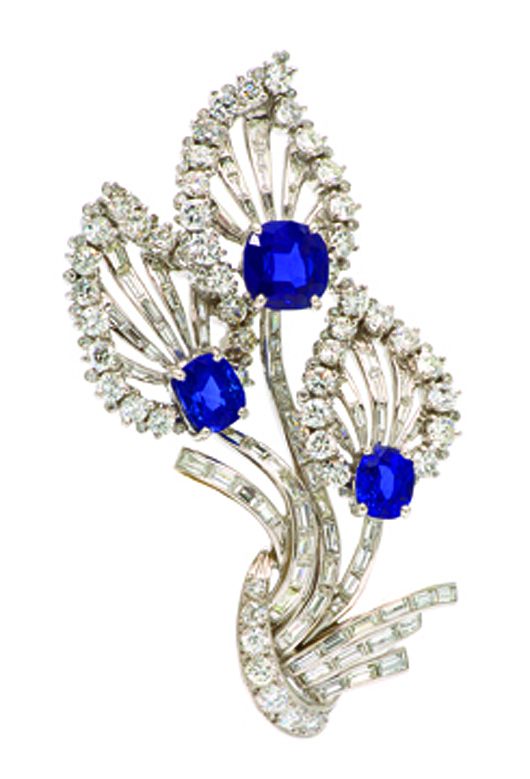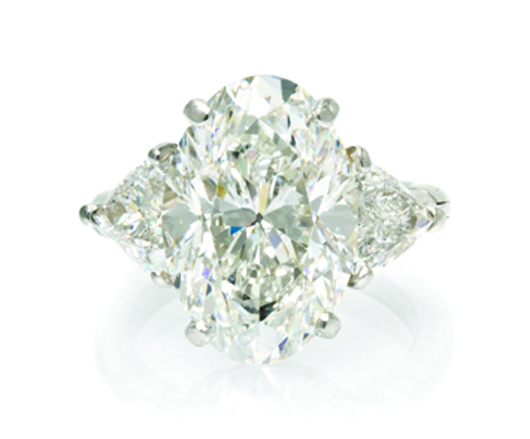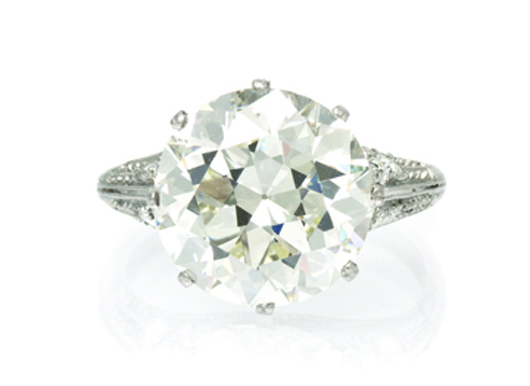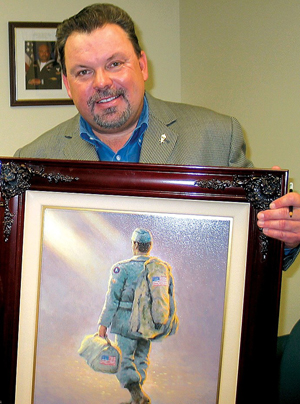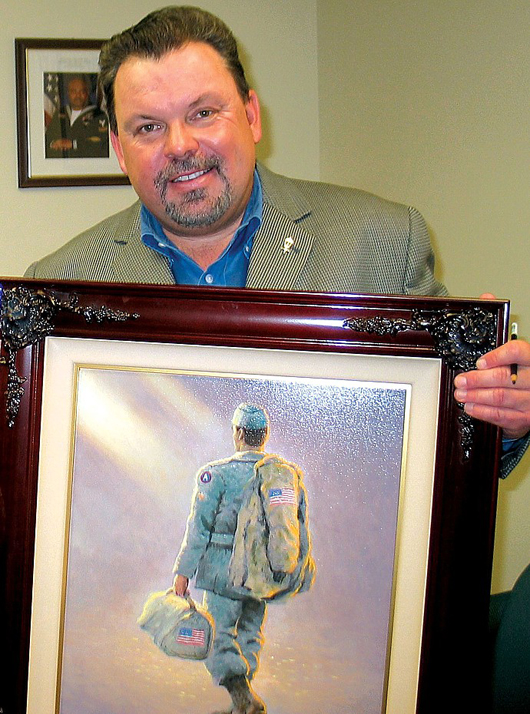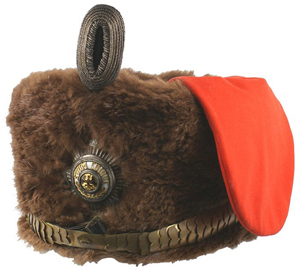
Personal Garde Hussar busby (fur-covered helmet) once owned by Germany’s Kaiser Wilhelm ($16,500). Mohawk Arms Inc. image.
BOUCKVILLE, N.Y. – A pair of helmets once owned and worn by Germany’s Kaiser Wilhelm II (1859-1941) sold for a combined $30,250 at a militaria auction held June 1-2 by Mohawk Arms Inc.
A Personal Garde Jager shako (leather helmet) fetched $13,750, while a Personal Garde Hussar busby (fur-covered helmet) brought $16,500.
The helmets were the top two achievers of the approximately 1,700 lots of militaria that came up for bid. The auction—held at the Mohawk Arms gallery, located on U.S. Route 20 in Bouckville, in central New York State—was broad and sweeping. It spanned multiple generations and conflicts and was the 67th auction for Mohawk Arms Inc., which typically conducts two auctions per year.
“Several categories did particularly well in this sale, among them medals and badges, ethnographic and edged weapons, and secondary market reference books,” said Raymond Zyla, owner of Mohawk Arms Inc. “We’re seeing a growing number of collectors of medals and badges, and Asian ethnographic weapons that did well included daggers, bayonets and swords.”
About 40 people made the trip to the Bouckville gallery, including one bidder from Moscow, Russia and another from Calgary, Canada. Over 500 people registered to bid online, through LiveAuctioneers.com and there were hundreds of left bids submitted. In addition, the phone banks were manned and busy all weekend. “It was one of our stronger sales,” Zyla said.
Following are additional highlights from the auction. Prices include a buyer’s premium that ranged from 10 to 17.5 percent, depending on the gaveled amount.
A group of German World War II assault badges, awarded based on the number of engagements recorded (50, 75, 100), was a big hit with collectors. Five brought prices ranging from $2,300 to $9,000. The $9,000 badge was a 100-engagement Panzer example, with a large eagle/swastika at the top of an oak leaf wreath holding a toned, silvered front view of a tank.
A lot of original property belonging to Lt. John H. Wilson, the American World War I 94th Squadron Observer and parachute pioneer, soared to $8,438. The archive included a rare “Fighting Observer” Wing, exquisitely chiseled with applied gold “US” letters, a World War I aviation uniform insignia, a dress sword presented to Lt. Wilson, and several original photos.
A German World War II Waffen-SS Feldgedarmerie-Trupp SS-Hauptscharfuhrer “wrapper” (or waist-length jacket) in a feld-grau material with a machine-sewn W-SS OR sleeve eagle, commanded $7,000; and a German World War II Waffen-SS Infantry peaked cap, with a photo of a young SS man wearing the hat, acquired from the man’s granddaughter, made $2,703.
A pair of pre-World War I Prussian helmets did well. One was a 1st Garde Regiment of Foot parade enlisted helmet, made around 1900 and styled after the popular 18th century German miter helmets ($2,703). The other was an Oldenburg 91st Regiment NCO helmet from the early 20th century with solid black body and two-piece silver state arms and brass chinscales ($2,875).
Civil War-related lots got paddles waving. A snare drum with a basswood body and a painted portrait of George Washington on a 9 1/4-by-11 3/4-inch painted blue panel, probably carried by the Washington County, N.Y., militia, brought $1,763; and a framed piece of a blue silk flag flown at the Battle of Gettysburg in 1863 by the First Cavalry (New York) coasted to $1,028.
A Civil War grouping attic find consisting of a U.S. Army regulation canvas knapsack, a leather belt with an oval brass “US” belt plate, a black powder tin, a small tobacco tin, a ceramic inkwell and more changed hands for $1,028; and an excavated Confederate fighting knife (or cutlass) with a 19 3/4-inch single-edge, slightly curved blade, mounted in a shadowbox, hit $852.
An actual flat copper button from George Washington’s presidential inauguration, with the relief letters “GW” and reading “Long Live the President,” showing aged patina expected for a button of its age, hammered for $1,645; and a lot of tableware taken from one of Saddam Hussein’s palaces, with all pieces engraved with the Iraqi eagle, shield and script, rose to $1,469.
Rounding out a short list of the auction’s top lots: an Imperial German Navy presentation dagger, made around 1900 and engraved with the initials of the serviceman it was presented to (“L. v. F”) and the ship he was assigned to (SMS Gneisenau) breezed to $2,645; and a World War I Marine grouping comprising two Silver Stars, a Purple Heart, a Good Conduct Medal, a French Croix de Guerre, a New York State Conspicuous Service Cross and more made $2,588.
Mohawk Arms Inc.’s next auction is tentatively scheduled for the third weekend in November. An outstanding collection of military helmets and headgear may be offered, and already consigned are medals, badges, Samurai swords (including two surrender swords, one from a general and one from an admiral) and hundreds of other items related to militaria.
Contact Mohawk Arms Inc. at 315-893-7888 or email them at Mohawk@MilitaryRelics.com. To learn more about Mohawk Arms Inc. and the November auction, log on to www.MilitaryRelics.com.
Click here to view the fully illustrated catalog for this sale, complete with prices realized.
ADDITIONAL LOTS OF NOTE
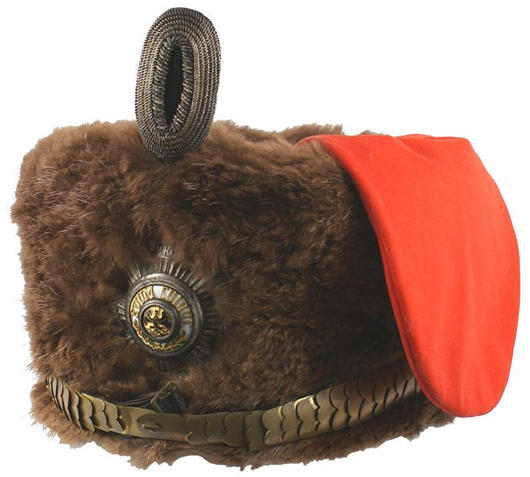
Personal Garde Hussar busby (fur-covered helmet) once owned by Germany’s Kaiser Wilhelm ($16,500). Mohawk Arms Inc. image. 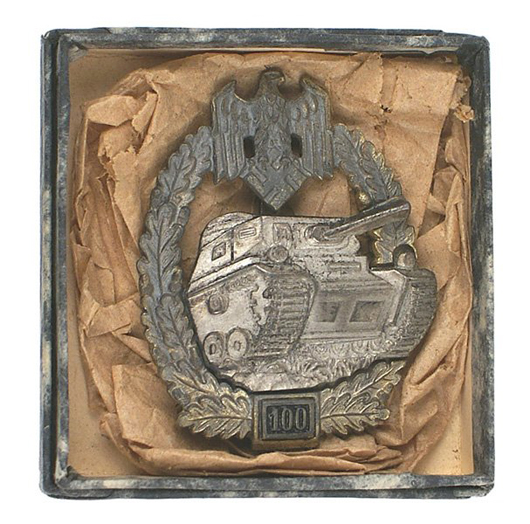
German World War II Panzer assault badge, awarded for 100 military engagements ($9,000). Mohawk Arms Inc. image. 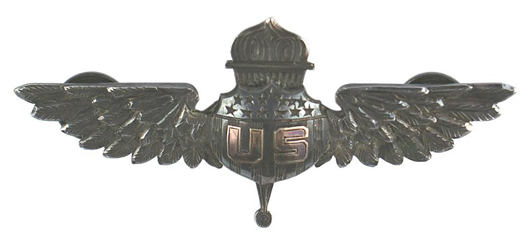
Rare ‘Fighting Observer’ wing from an archive pertaining to parachute pioneer Lt. John H. Wilson ($8,438). Mohawk Arms Inc. image. 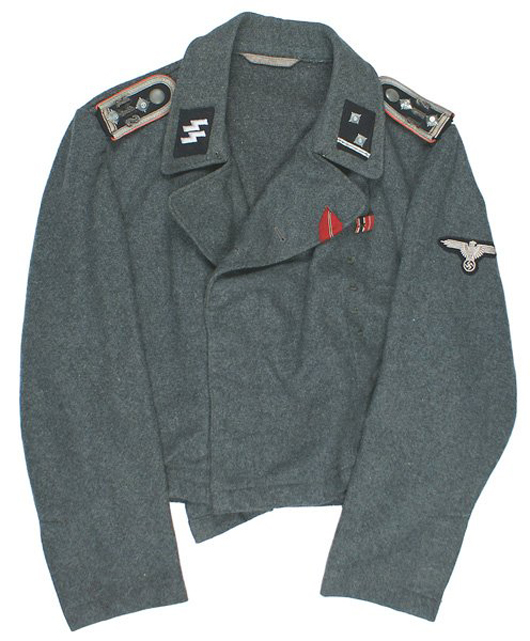
German World War II ‘wrapper’ (waist-length) jacket with machine-sewn W-SS sleeve eagle ($7,000). Mohawk Arms Inc. image. 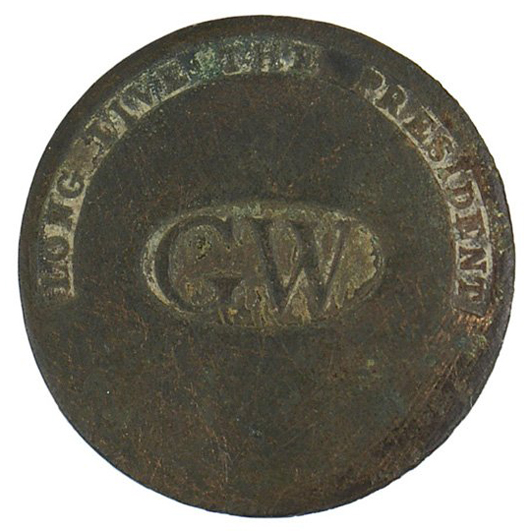
Actual flat copper button from the inauguration of President George Washington ($1,645). Mohawk Arms Inc. image. 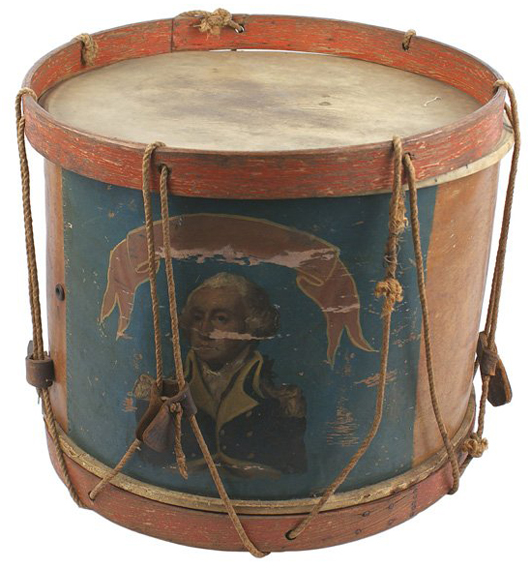
Pre-Civil War-era snare drum with basswood body and painted portrait of George Washington ($1,763). Mohawk Arms Inc. image. 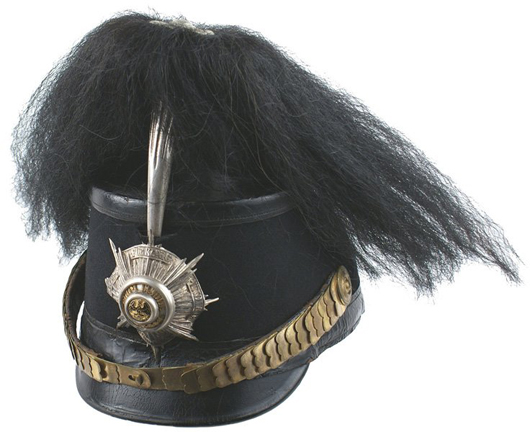
Personal Garde Jager shako (leather helmet) once owned by Germany’s Kaiser Wilhelm ($13,750). Mohawk Arms Inc. image.


